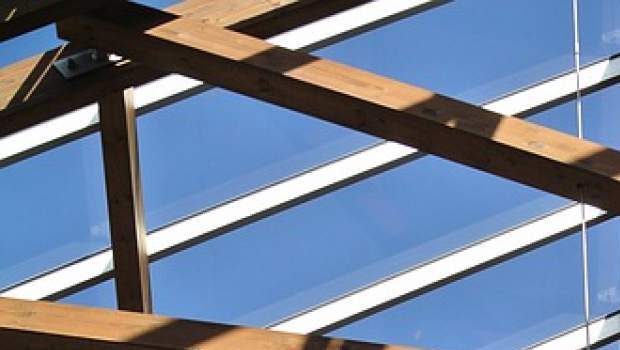It has always been tricky to manufacture overhead beams using additive manufacturing. These beams are difficult to produce as they might collapse during 3D printing. Therefore adequate support structures are required to support these beams. But this process involves a great deal of money, time, and cost.
A new process has been discovered, which includes using a carbon – steel support for these beams. It can thereafter be removed using electrochemical etching with bubbling oxygen and nitric acid.
The first experiment was 3D printing a 90-degree overhang.
Those institutions that were involved in these experiments were Arizona State University’s Owen Hildreth, Pennsylvania State University’s Abdalla Nassar and Timothy Simpson and the Naval Surface Warfare Center’s Kevin Chasse. Skylar Tibbits, MIT, headed the team. The collaboration of such diverse and eminent personalities for this research shows the importance of additive large-scale manufacturing for industrial and military processes.
Till date, 3D printing was done in small parts. With the advent of this technology, the number of small pieces in any production would reduce leading to a larger, lighter and stronger finished product.
This technology could impact production in sectors like satellites, medical implants, aircraft and more. Even NASA is using this technology to make sturdy equipment which weighs less.
This innovative method is known as Directed Energy Deposition which uses 3d printing for dissolving metals parts. It does not require removing these support components with mechanized equipment.
This evolution will have a huge impact on metal manufacturing. The production of durable and strong beams will now be possible. It would not require support materials, and would be cost-effective and lightweight.
Sectors like aerospace and construction will make immense use of this viable technology where a support base could dissolve off naturally, leaving behind a strong and robust component, which is light in weight and cost-effective.
Source: 3dprintingindustry.com
